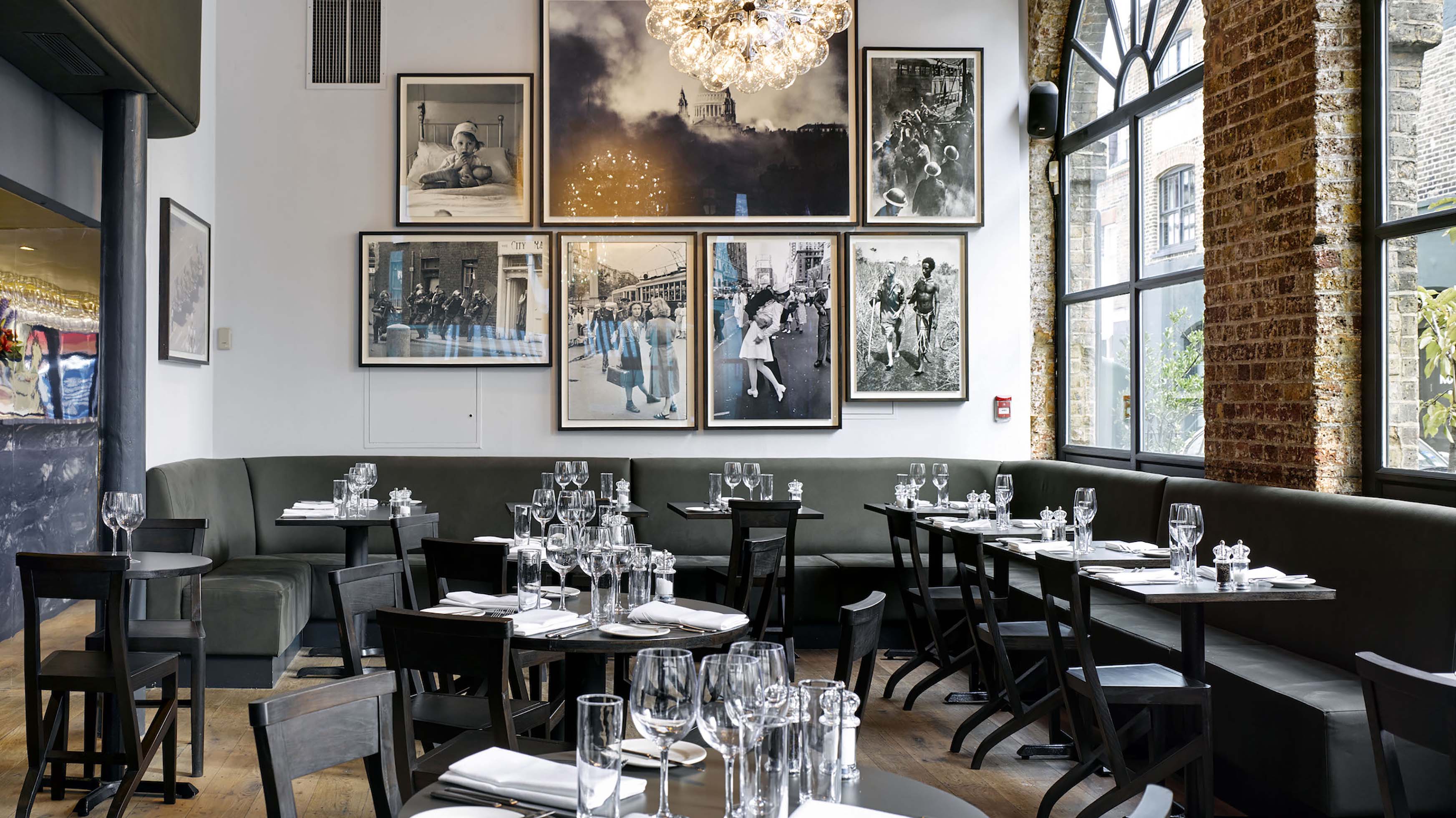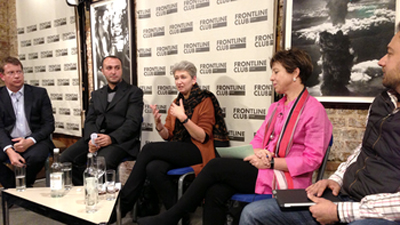Capturing Conflict: Death in Gaza

We are screening Death in Gaza as part of our Capturing Conflict Film Festival which showcases a selection of the most important films about the risks journalists and filmmakers take in order to get their stories out.
"We just wanted to see what happens to ordinary kids, growing up in extraordinary circumstances." – Saira Shah, Reporter
In spring 2003, filmmaker James Miller and reporter Saira Shah, following the success of their Peabody-winning films "Unholy War" and "Beneath the Veil," set out to take a first-hand look at the culture of hate that permeates the Middle East. They captured the lives of three Palestinian children growing up in the bullet-riddled streets of Gaza, indoctrinated in the creed of Jihad, and had planned to show the Israeli side next. But on May 2, in the midst of filming, Miller was shot to death by an Israeli tank, falling victim to the conflict he covered.
Death in Gaza begins in Nablas, where Miller and Shah witness an explosion that kills several Palestinians suspected of being suicide bombers. "We’re trying to understand how people learn to hate so deeply that they’re prepared to die in order to kill," says Shah. "So we’re looking for the next generation, the children who will make either peace or war." In Nablas, that generation is playing dangerous games with the Israelis, as children shower the tanks that patrol their street with rocks, taunting the soldiers inside.
Leaving Nablas, the production team heads to Rafah, a border town in Gaza, where they become acquainted with three children: Ahmed, a soccer-loving 12-year-old; his best friend Mohammed, also 12; and Najla, a 16-year-old girl who lives in a particularly dangerous area that Israelis are attempting to turn into a security zone.
As Ahmed and Mohammed fire toy guns and play games of "Jews and Arabs" in the streets by day, the real-life militants come out in the streets of Rafah by night – as do the Israeli tanks and night-vision troops trying to track them down. Miller and Shah pay a visit to a paramilitary group that has enlisted Ahmed to do reconnaissance for them. Asked why they want to endanger the life of such a young boy, the men shrug that there are thousands more just like him. The cult of martyrdom runs deep in this region, as Palestinians celebrate each death by parading in the streets with freshly printed posters that turn the latest person to die into a new martyr.
After visiting Mohammed and his mother (who delivers a heartfelt plea for an end to talk of suicide and killing) and then watching the boys construct homemade explosives called "quwas," Miller’s crew makes its way to Najla’s region. They arrive in the midst of Israel’s largest operation there in three years, with armored tanks and bulldozers blasting neighborhoods to rubble in search of militants, in the process leaving civilians homeless. Though vulnerable, Najla’s house has been spared for now.
Around 5:00 p.m., boys gather near the border to throw stones at Israeli bulldozers. Later that night, attempting to leave the area by waving a white flag through the darkness, Miller assumes that the Israeli soldiers – actually Bedouin Arabs, equipped with night-vision gear, who had earlier been calling out to the journalists in Arabic – will recognize him as a journalist and let his team pass. Instead, shots ring out, killing Miller instantly. The tragedy is captured by a local film crew.
"We asked them not to print a poster of James," says Shah, "but they wouldn’t listen. So, on May the second, 2003, the extremists gained another martyr. The rest of us lost James." Miller never got the chance to film the Israeli counterparts to Ahmed, Mohammed and Najla. And to date, no one has been held accountable for his death.
Six months after the shooting, Shah received a video message from Ahmed declaring how much he misses Miller. Ahmed has stopped working for the paramilitaries, and now wants to be a cameraman, as does Mohammed.



